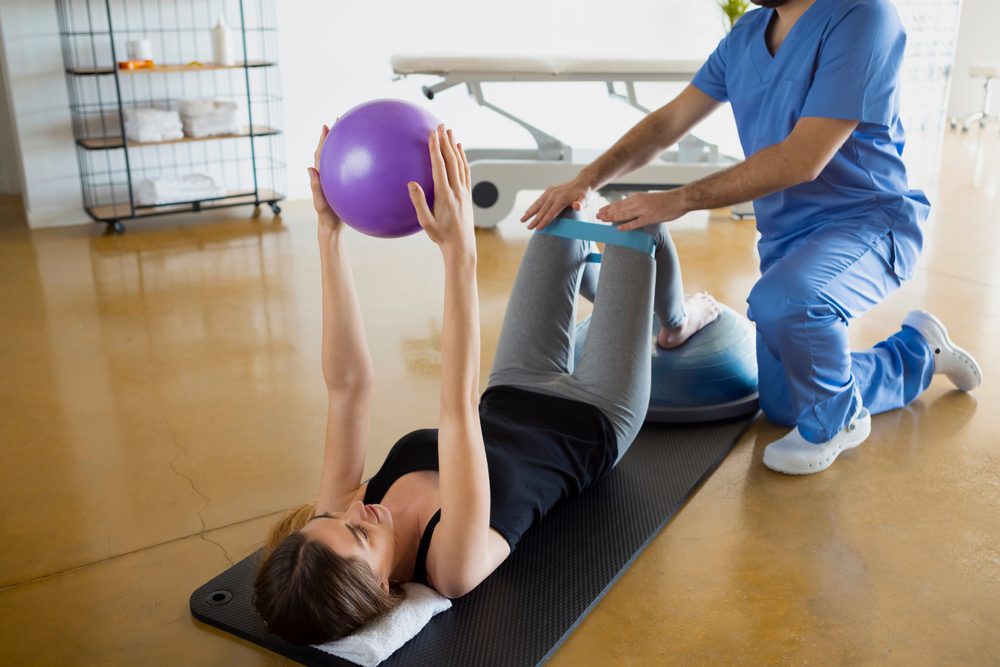Patellar Bursitis: Physiotherapy Management
Patellar bursitis, also known as housemaid’s knee, is a common condition characterized by inflammation of the fluid-filled sac (bursa) beneath the kneecap (patella). This condition causes pain, swelling, and limited mobility, affecting individuals who frequently kneel or bend, such as construction workers, gardeners, and athletes.
Physiotherapy Management
Physiotherapy plays a crucial role in managing patellar bursitis. A comprehensive treatment plan aims to reduce pain and inflammation, improve knee mobility and strength, and promote proper knee mechanics.
Acute Phase (0-2 weeks)
- Pain Management: Apply ice packs (15-20 minutes, 3-4 times a day) to reduce inflammation and pain.
- Rest and Modification of Activities: Avoid activities that exacerbate symptoms.
- Knee Compression: Use an elastic bandage or knee sleeve to reduce swelling.
- Elevation: Elevate the affected leg above the level of the heart.
- Gentle Knee Movements: Perform passive knee flexion and extension exercises.
Sub-Acute Phase (2-6 weeks)
- Strengthening Exercises: Focus on quadriceps, hamstrings, and hip abductor strengthening.
- Straight leg raises
- Quad sets
- Hamstring curls
- Hip abduction
- Knee Mobility Exercises: Gradually increase knee flexion and extension range.
- Knee flexion stretch
- Knee extension stretch
- Patellar mobilization
- Proprioception and Balance Exercises: Improve knee joint proprioception.
- Single-leg standing
- Balance boards
- Foam pads
Functional Phase (6-12 weeks)
- Functional Strengthening: Progress to functional exercises.
- Squats
- Lunges
- Step-ups
- Leg press
- Agility and Plyometric Training: Enhance knee stability and power.
- Shuttle runs
- Jump squats
- Box jumps
- Return to Activities: Gradually return to sports or occupational activities.
Additional Physiotherapy Techniques In Patellar Bursitis
- Manual Therapy: Soft tissue mobilization, joint mobilization, and patellar mobilization.
- Electrotherapy: Ultrasound, laser therapy, or electrical stimulation.
- Taping and Bracing: Patellar taping or knee bracing to reduce pain and instability.
Home Exercise Program For Patellar Bursitis
- Patient Education: Educate patients on proper knee care, exercises, and activity modification.
- Exercise Sheet: Provide a comprehensive exercise sheet outlining exercises and progression.
Case Study Of A Patellar Bursitis
A 35-year-old construction worker presented with severe knee pain and swelling. Physiotherapy management included:
- Acute phase: Pain management, rest, and modification of activities.
- Sub-acute phase: Strengthening exercises, knee mobility exercises, and proprioception training.
- Functional phase: Functional strengthening, agility training, and return to activities.
Outcome
The patient demonstrated significant improvement in pain reduction, knee mobility, and functional ability. He returned to work without symptoms.
Conclusion
Patellar bursitis requires comprehensive physiotherapy management to reduce pain and inflammation, improve knee mobility and strength, and promote proper knee mechanics. A well-structured treatment plan, patient education, and home exercise program ensure optimal outcomes.
References
- American Academy of Orthopaedic Surgeons. (2019). Patellar Bursitis.
- National Institute of Arthritis and Musculoskeletal and Skin Diseases. (2020). Bursitis.
- Journal of Orthopaedic and Sports Physical Therapy. (2018). Patellar Bursitis: A Review.


